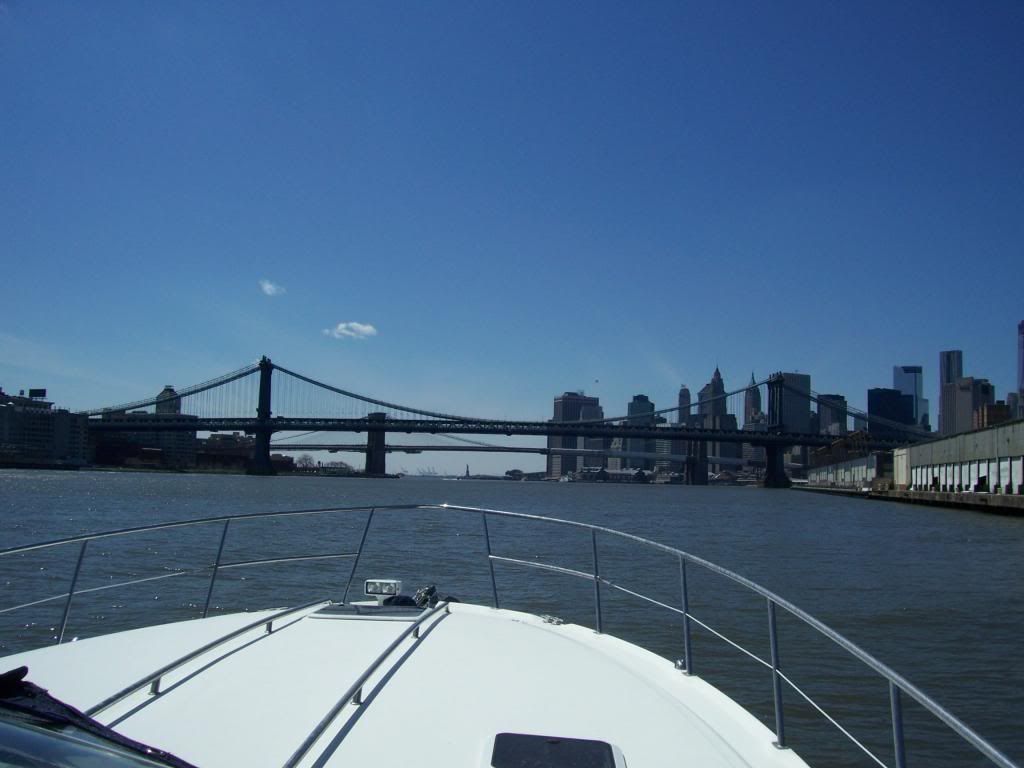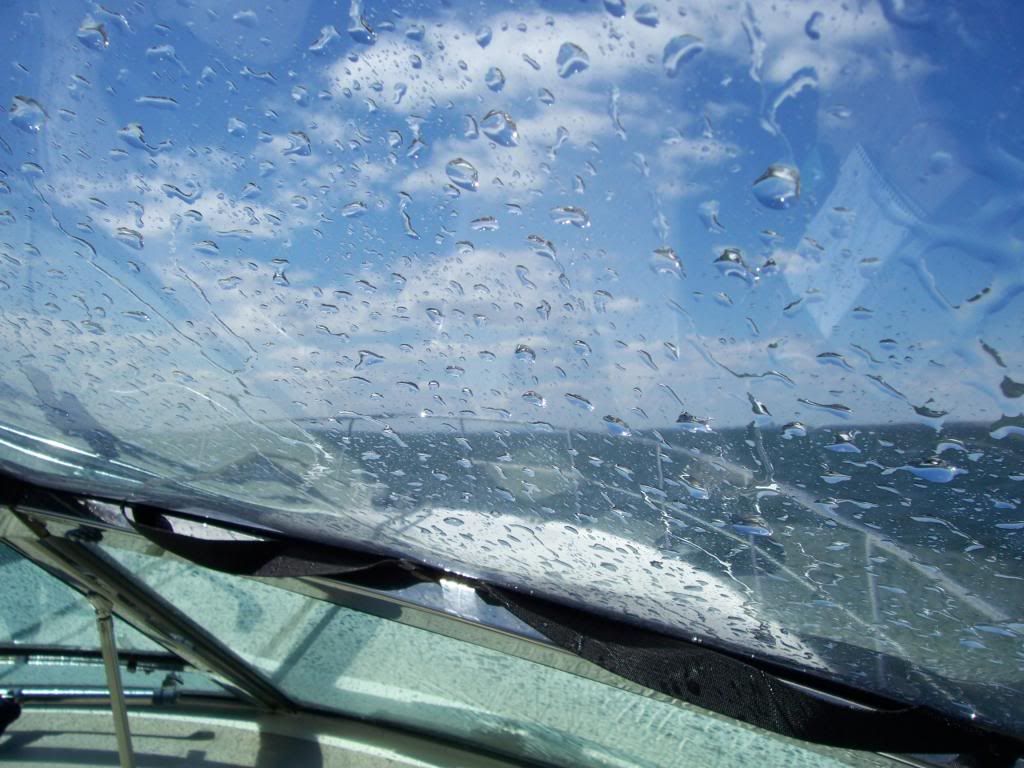marbelliana
Member
- Oct 19, 2015
- 46
- Boat Info
- 2007 Searay Sundancer 310
Twin Mercs 6.2L V-Drives
"Marbelliana II"
Previous boat: 22' Robalo R227
- Engines
- Twin 6.2L Mercs
@Rondds
Will definitely start off with a full tank. I'm still unsure if my boat has 1 tank or 2. Fuel tank(s) capacity is 200 gallons in any case...
Will definitely start off with a full tank. I'm still unsure if my boat has 1 tank or 2. Fuel tank(s) capacity is 200 gallons in any case...



